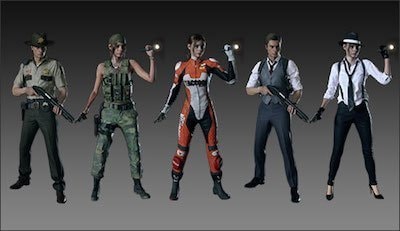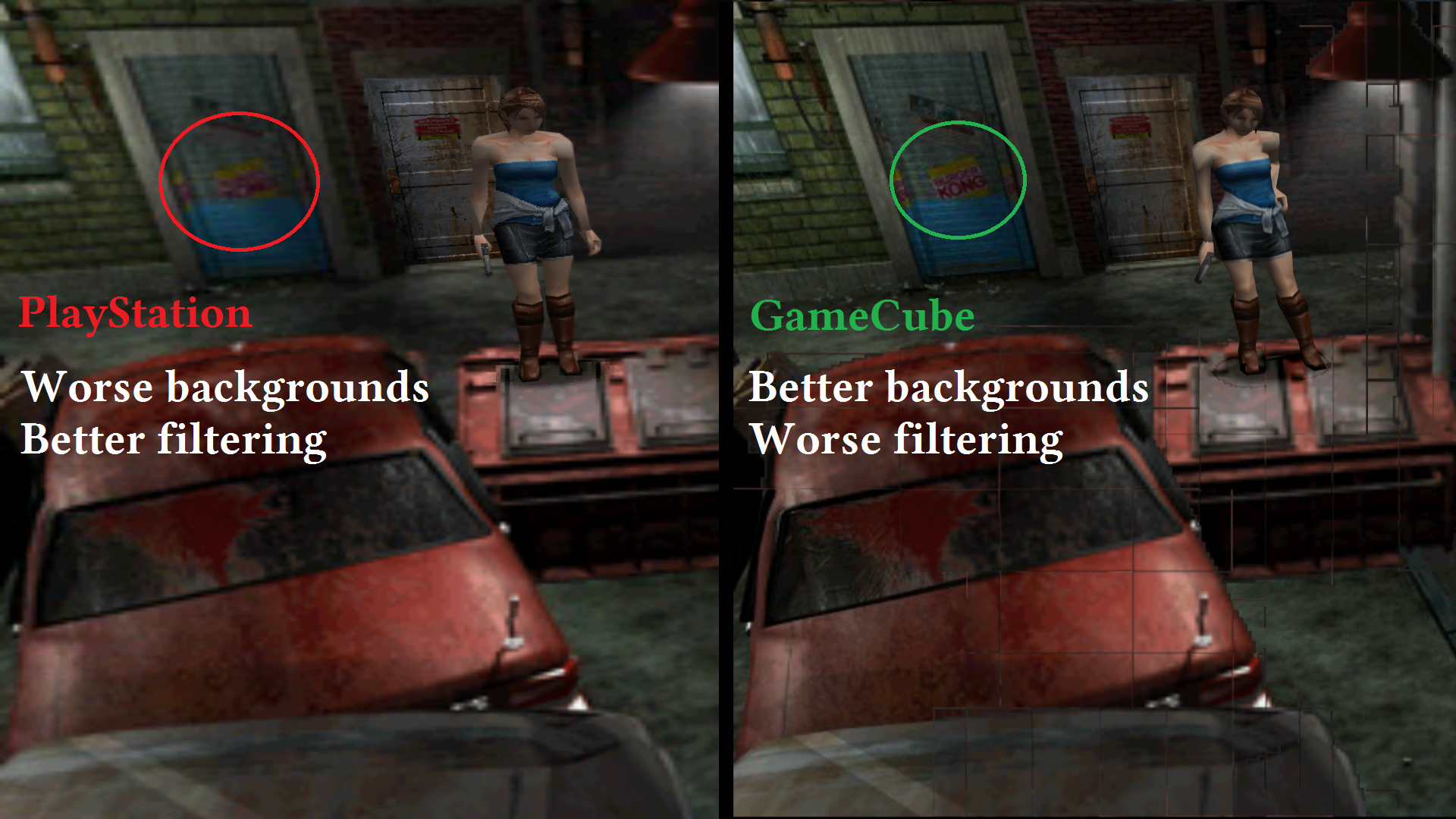


Then, it is deleted in the original 3D file and an invisible collision object is put in its place, and that information is also put into the game. That desk is rendered as a 2D image and placed in the game. The scenes contain data from the original 3D objects that were rendered out to 2D, but with wireframes denoting objects for collision and depth instead of fully rendered objects. Each “room” (including outdoor locations) is a scene using multiple cameras at different locations and angles, which the game switches between and loads a new image as the player moves offscreen. First, the images are rendered out individually in 2D and programmed into the game. It’s more complex than just slapping the characters down over a 2D image, as depth and collision need to be processed as well. I did extensive research into the methods Capcom used to create the pre-rendered backgrounds and place the characters in the scene. There is surprisingly little info on the making of RE2, but I’ve compiled here all my findings. Romero, who shot a TV commercial for the game.

The game had a $5 million ad campaign, and some of that money went to zombie king George A. The original RE had just jump-started the dying survival horror genre, and RE2 was the much-anticipated sequel that Capcom had poured all their effort and millions of dollars into. Resident Evil 2 came at a perfect time in the PlayStation’s life. Still, RE2 has dominated the hearts and minds of RE fans for over a decade, and is considered by many to be the best in the series.

As of September 2012, it has been topped by Resident Evil 5, which sold 5.9 million. It was the highest-grossing game in the series for years, selling 4.96 million copies worldwide. Before 2009, if you owned one Resident Evil game, chances are good it was Resident Evil 2.


 0 kommentar(er)
0 kommentar(er)
